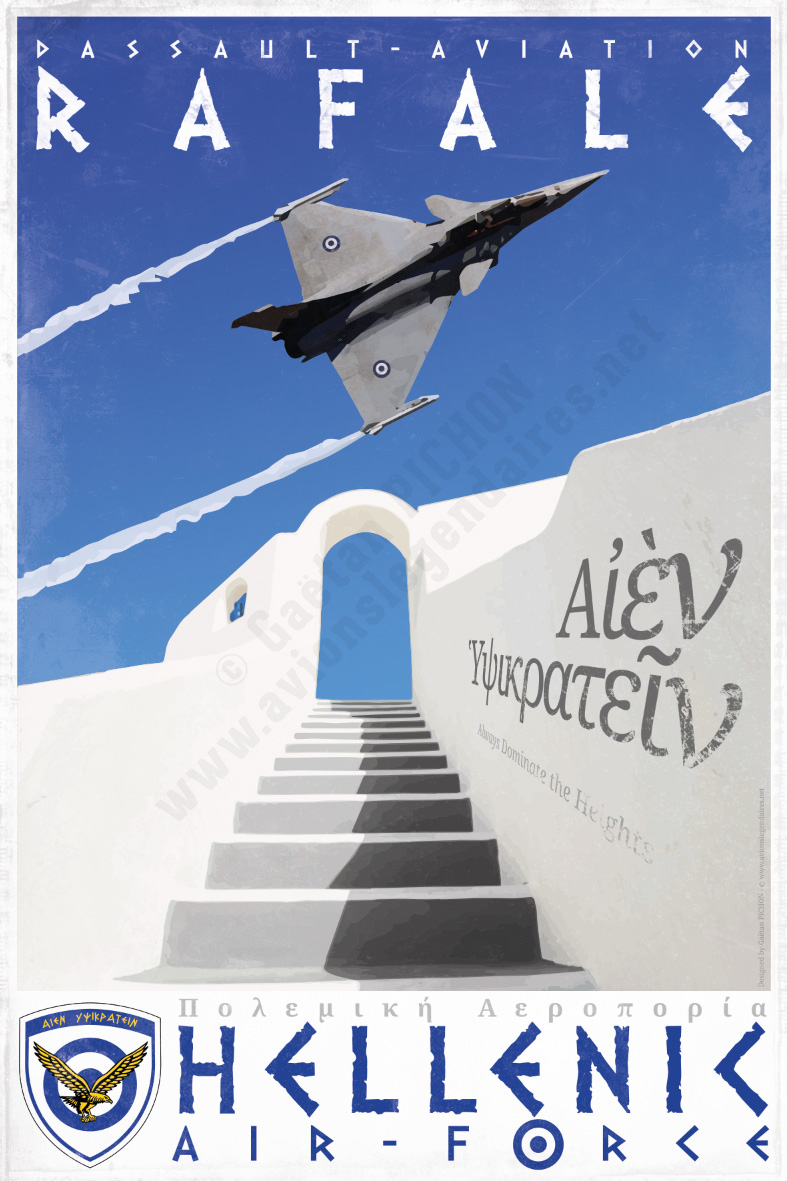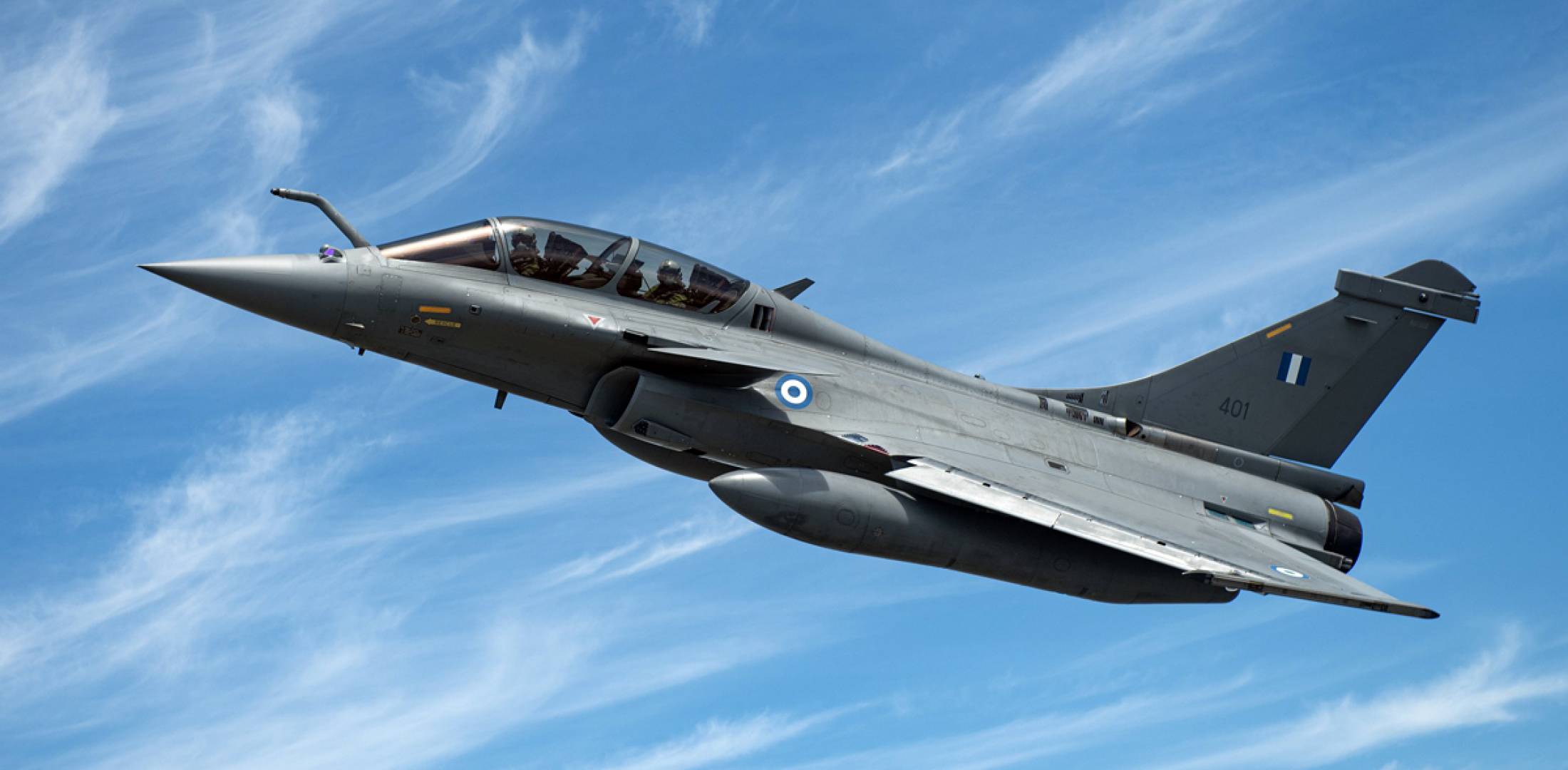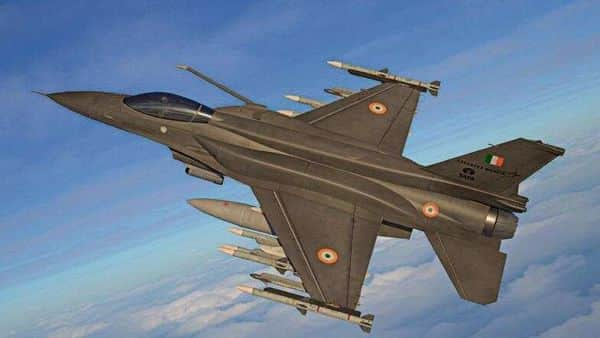During the presentation of the trilateral exercises American officers recognize the value of the French approach and active stealth.
2:12:26 Moving on to a third topic there you have the technology
I'm coming from a stealth environment. So you have the passive stealth and active stealth. We Americans invested a lot into passive stealth, for years, beginning wit the SR-71 then F-117, B-2, F-35, F-22… but I think it was a mistake because we forgot electronic warfare, when you France persisted into it. It's one of your key asset. You became almost masters in this technology. We Americans needs to come back into it. You also know that materials have their importance, and I assume we will see it on the SCAF. We need keep moving, and to keep our ability to adapt. I want to insist on the fact that both (passive and active) stealth are important, and need to be well integrated to be effective.
Translation2:12:26 De passer à un troisième topic là vous avez la technologie
Je viens d'un environnement furtif. Vous avez donc la furtivité passive et la furtivité active. Nous, les Américains, avons beaucoup investi dans la furtivité passive, pendant des années, en commençant par le SR-71, puis le F-117, le B-2, le F-35, le F-22... mais je pense que c'était une erreur car nous avons oublié la guerre électronique, alors que la France s'y est obstinée. C'est l'un de vos principaux atouts. Vous êtes devenus presque des maîtres dans cette technologie. Nous, les Américains, devons y revenir. Vous savez aussi que les matériaux ont leur importance, et je suppose que nous le verrons sur le SCAF. Nous devons continuer à avancer, et garder notre capacité d'adaptation. Je veux insister sur le fait que la furtivité (passive et active) est importante, et doit être bien intégrée pour être efficace".
2:12:26 Moving on to a third topic there you have the technology
I'm coming from a stealth environment. So you have the passive stealth and active stealth. We Americans invested a lot into passive stealth, for years, beginning wit the SR-71 then F-117, B-2, F-35, F-22… but I think it was a mistake because we forgot electronic warfare, when you France persisted into it. It's one of your key asset. You became almost masters in this technology. We Americans needs to come back into it. You also know that materials have their importance, and I assume we will see it on the SCAF. We need keep moving, and to keep our ability to adapt. I want to insist on the fact that both (passive and active) stealth are important, and need to be well integrated to be effective.






